CARB scrap-and-replace incentive program Clean Cars 4 All reaches 10,000th participant milestone
Green Car Congress
FEBRUARY 26, 2021
The transportation sector is by far the state’s largest source of air pollution and climate-changing gases. CARB says that incentives play a pivotal role in supporting California’s air quality, climate and petroleum-reduction goals. The average replacement vehicle has a fuel economy of 80 mpg equivalent. miles per gallon.









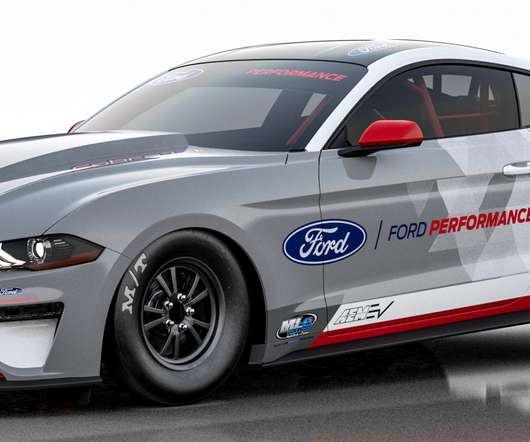





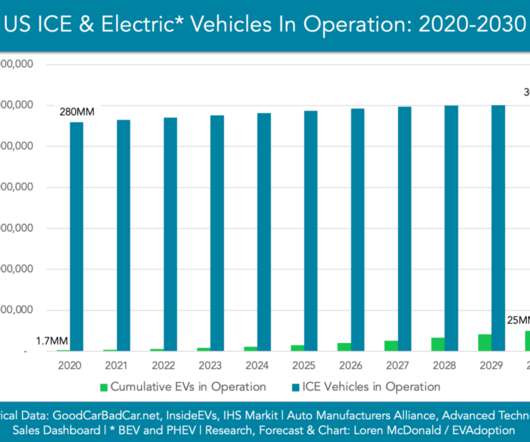





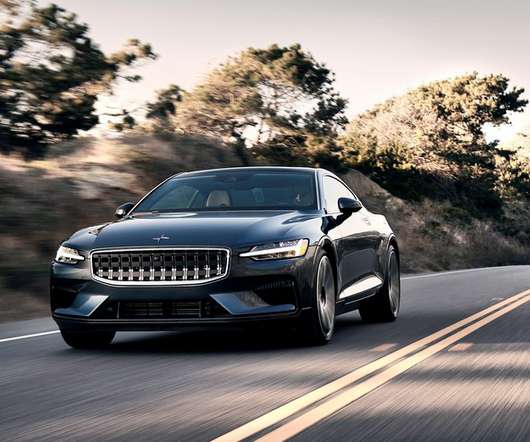
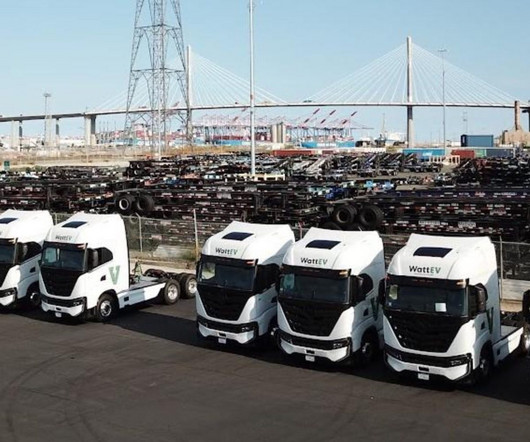
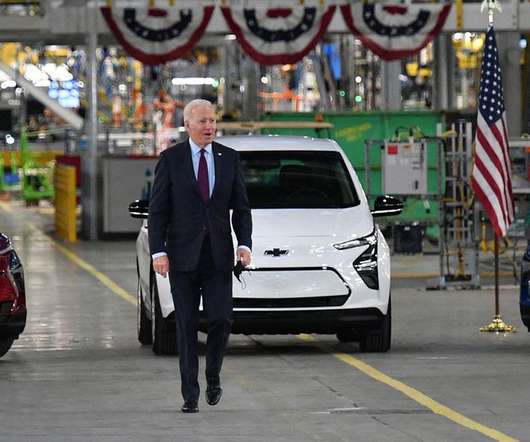




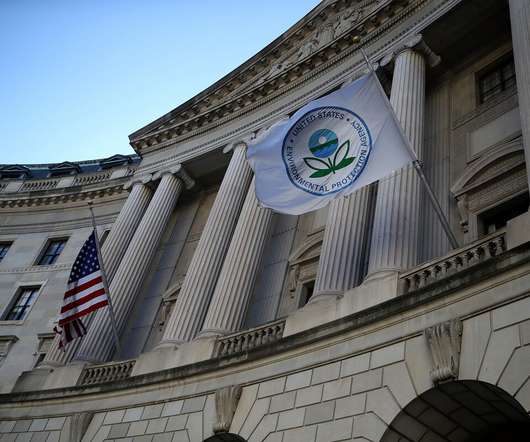






Let's personalize your content